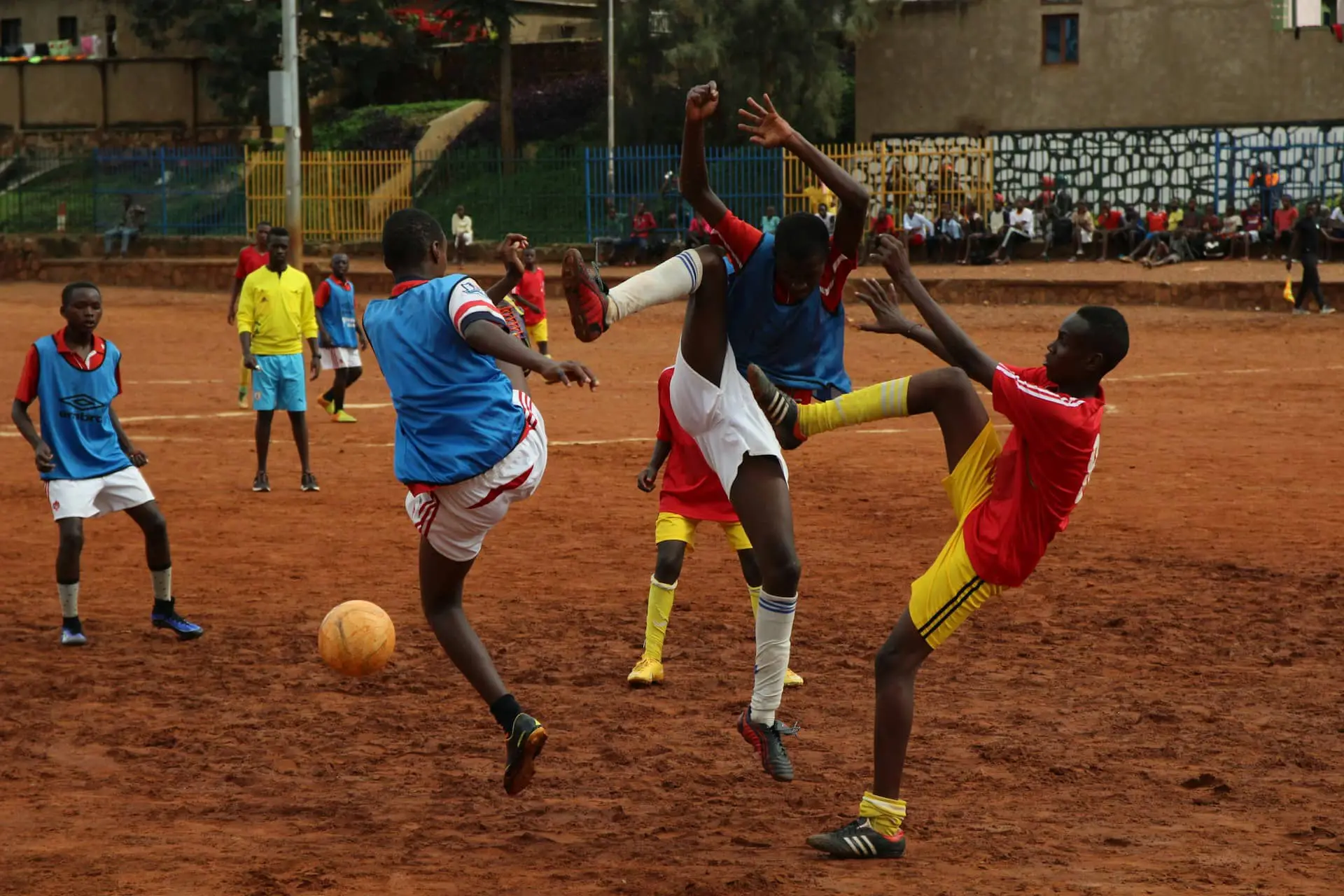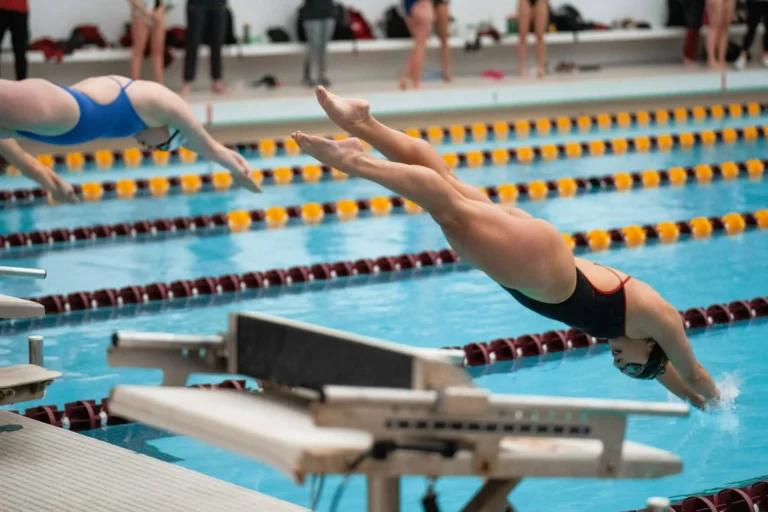Organized youth sports have long been celebrated as a way to build character, promote physical health, and foster teamwork among children and teens. However, in recent years, the landscape of youth sports has changed significantly, becoming increasingly accessible primarily to those who can afford the rising costs. As a result, what was once a common childhood experience is now becoming an exclusive activity for the privileged, leaving many children on the sidelines.
The Rising Costs of Participation
One of the most significant barriers to entry in organized youth sports today is the cost. Participation fees, equipment, uniforms, travel expenses, and private coaching have escalated, making it difficult for lower- and even middle-income families to afford. In sports like hockey, swimming, and soccer, costs can run into the thousands of dollars per year. Elite travel teams, which offer the highest levels of competition and exposure, are particularly expensive, often requiring families to spend considerable amounts on tournaments, travel, and specialized training.
These financial demands have led to a growing divide between children who can afford to participate in organized sports and those who cannot. Many families are forced to make tough decisions, often limiting their children’s participation to lower-cost recreational leagues or foregoing sports altogether.


The Impact on Access and Diversity
As organized youth sports become more expensive, access is increasingly limited to those from higher-income families. This has profound implications for the diversity of youth sports, as children from lower-income families, who are often from minority communities, are underrepresented. This lack of diversity not only affects the athletes but also the teams and sports communities as a whole, reducing the richness of experiences and perspectives that diversity brings.
The gap in access to organized sports can also have long-term consequences. Children who are unable to participate miss out on the physical, social, and psychological benefits of sports, such as improved fitness, teamwork skills, and increased self-esteem. Moreover, for those with the talent and ambition to pursue sports at higher levels, the lack of early opportunities can hinder their ability to compete for college scholarships or professional careers.
The Shift Toward Professionalization
Another factor contributing to the exclusivity of youth sports is the growing trend of professionalization. Increasingly, youth sports are being structured like professional sports, with an emphasis on intense training, year-round competition, and early specialization in a single sport. This approach often prioritizes winning and competition over fun and development, placing additional pressure on families to invest in specialized coaching and training to keep up.








This professionalization has led to a scenario where children who might simply want to play for fun are being edged out by those who are groomed for high-level competition from a young age. The focus on elite performance has also contributed to the commercialization of youth sports, where success is measured in terms of scholarships, sponsorships, and potential professional careers, rather than the personal growth and enjoyment of the child.
The Role of Schools and Community Programs
Historically, schools and community programs played a crucial role in providing access to organized sports for all children, regardless of income. However, budget cuts and reduced funding for school sports programs have exacerbated the issue, leaving many children with fewer opportunities to participate in sports. Community programs, which often offer lower-cost alternatives, are also struggling to meet the demand, particularly in underfunded areas.
Reversing this trend requires a concerted effort to make youth sports more inclusive and accessible. Schools, communities, and sports organizations need to find ways to reduce costs and provide support for families who cannot afford the high expenses associated with organized sports. This might include offering scholarships, reducing fees, or increasing funding for school and community sports programs.
Conclusion
Organized youth sports are increasingly becoming a privilege for those who can afford them, leading to disparities in access and opportunities for children from different socioeconomic backgrounds. As costs rise and the focus shifts toward elite competition, many children are being left out of an activity that has traditionally been a cornerstone of childhood development. To ensure that all children have the opportunity to participate in and benefit from organized sports, it is essential to address the financial barriers and make youth sports more inclusive and accessible for everyone.

















